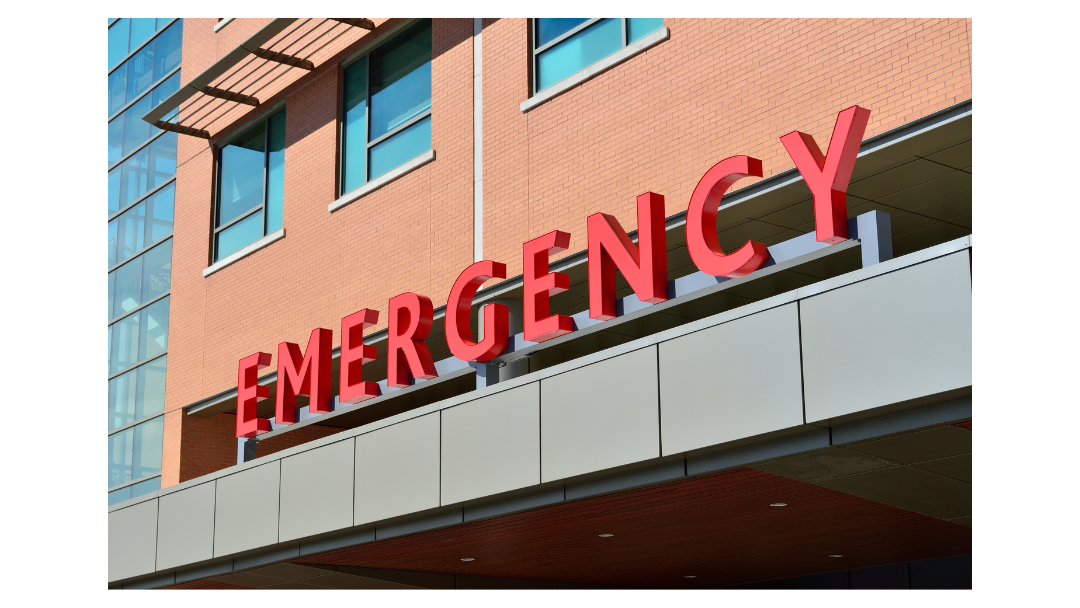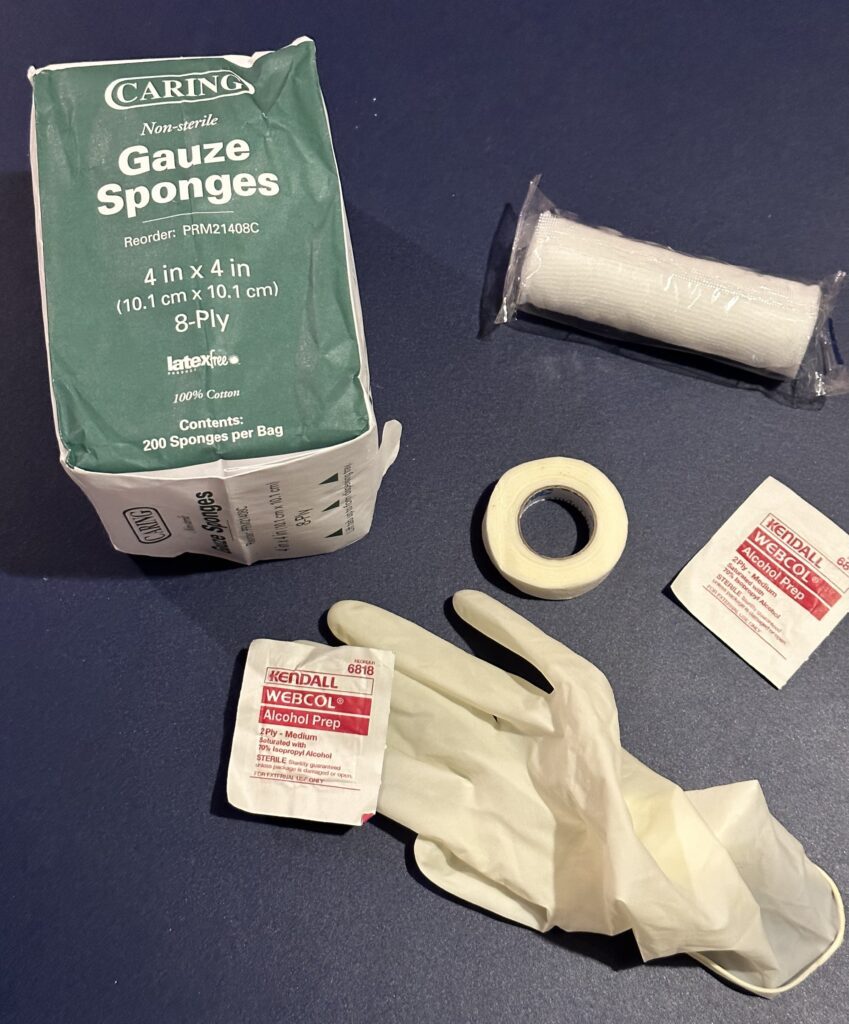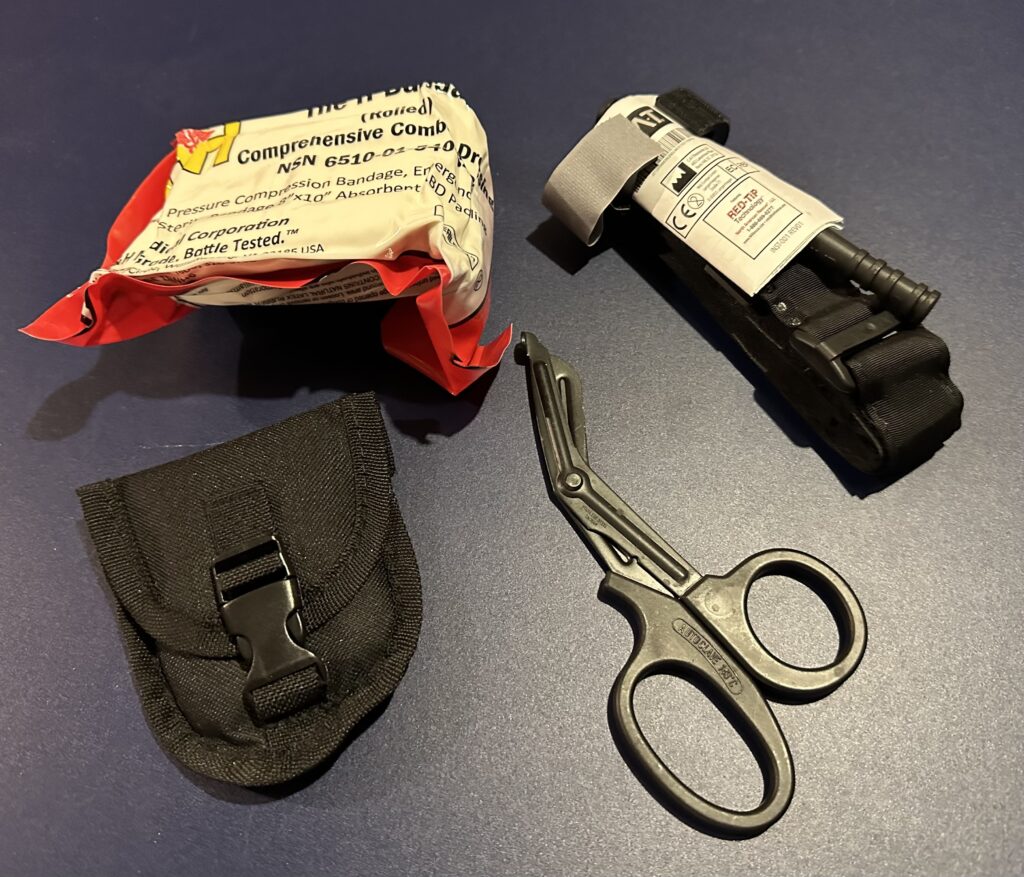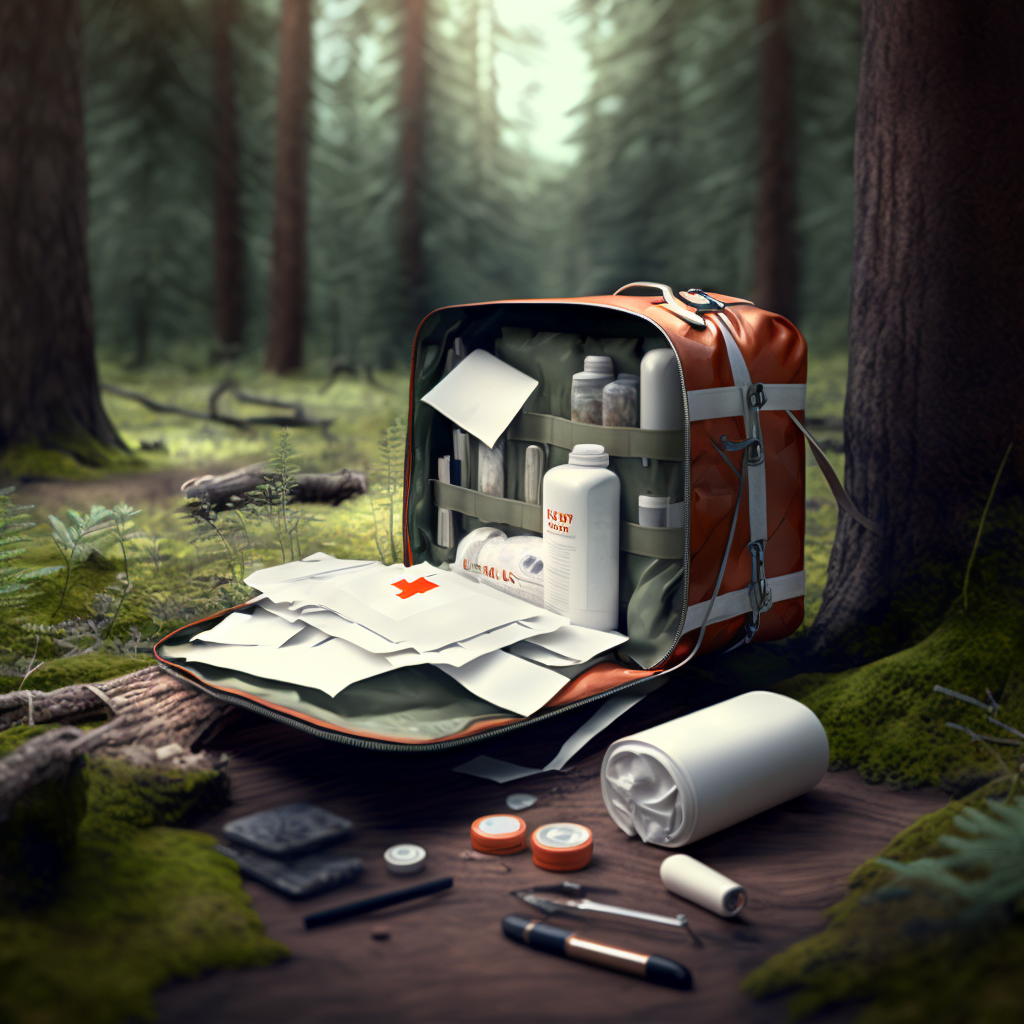Prepping for the worst-case scenario can make all the difference in an emergency. Food and water are essential items for emergencies. But having a first aid and trauma kit could save you or someone else’s life.
You can assemble a set of supplies that will help you manage any emergency. Here’s a list of first aid and trauma kits to get started.
What is a Trauma Kit?
A trauma kit is also known as a bleeding kit. It is a supply of equipment and medications designed for life-threatening injuries. You will use it for gunshot or knife wounds and amputations. It’s used for any major bleeding that might result in death in minutes if treatment is not provided.

What is the Difference Between a Trauma Kit and First Aid Kit?
First aid kits can help treat minor injuries like scrapes and cuts. But trauma kits contain supplies and equipment necessary to stop serious bleeding.
To summarize, first-aid kits help treat minor injuries, and trauma kits help save lives.

Emergency Kit Items List
You must include these basic first aid supplies in any emergency preparedness kit. Keep the kits in a secure, accessible location, such as your car or home. Also, ensure that all supplies are up-to-date with fresh items. Learn how to use them, so you know what to do in an emergency.
Top 10 Items in A First Aid Kit
If you plan to design a small first aid kit for yourself and your family, here is a list of 10 essential items to include:
1. Antiseptic wipes or solutions to clean wounds.
2. Adhesive bandages in a variety of sizes.
3. Gauze pads and roller gauze to dress wounds.
4. Scissors, tweezers, and safety pins to aid in dressing wounds.
5. Disposable gloves to protect against infection and contamination.
6. Instant cold press for minor sprains and strains.
7. Antibiotic ointment to prevent infection.
8. Hydrocortisone cream to reduce itching and inflammation.
9. Pain relievers to manage pain and discomfort.
10. A first aid manual to help guide you through treating minor injuries.

Top 20 Items In a First Aid Kit
If you want a complete first aid kit, here is a list of 20 essential items to include:
- Sterile gauze pads to apply direct pressure on wounds.
- Adhesive and roller bandages to cover minor wounds and secure gauze pads in place.
- Triangle bandages to create a sling when tying off limbs.
- Adhesive bandages to cover minor wounds.
- Safety pins of different sizes for securing bandages or clothing.
- Antiseptic wipes, saline solution, or hydrogen peroxide to clean wounds and prevent infection.
- Cotton balls or iodized cotton swabs to apply antiseptic to wounds.
- Tweezers to remove splinters, thorns, and other debris from wounds.
- Antibiotic ointment to prevent infection and help wounds heal.
- Hydrocortisone cream to help relieve itching and reduce inflammation.
- Instant cold press to reduce swelling and help relieve pain.
- Pain relievers such as ibuprofen or acetaminophen to reduce pain and discomfort.
- Medical scissors to cut bandages, tape, and clothing in an emergency.
- Emergency blanket to keep the patient warm and protect from the elements.
- Breathing barrier (with one-way valve) to prevent contamination during CPR.
- Disposable gloves to help protect against contamination.
- Digital thermometer to check a patient’s temperature in case of fever or other illness.
- Emergency whistle to alert rescuers in case of emergency.
- Flashlight to provide light in the dark and in emergencies.
- First aid manual to help guide you through treating common injuries and illnesses.

Military Trauma Kit Contents
The trauma kit requires more advanced supplies than the first aid kit due to the nature of combat. Here is a trauma kit supplies list for military use:
Patient Assessment Tools
Without these instruments, you can’t test, visualize, and quantify important processes. Some examples of tools to include are:

- Thermometer
- Stethoscope
- Blood pressure cuff
- Pulse oximeter
- CO2 monitor
Trauma Supplies
These are supplies you need to control bleeding and seal penetrating wounds.
- Hemostatic dressings of different sizes and purposes
- Wraps and bandages
- High-strength adhesive tapes (1″ & 2″ thickness)
- Tourniquets
- Open chest injury seals in different sizes
- Assorted standard dressings ranging from 4x4s and 5x9s to ABD
Airway/ Breathing Management Tools
These tools assist a patient’s airway, breathing, and ventilation.
- Oral and nasal airways
- Pocket mask
- Manual suction device
- Chest decompression supplies
- Collapsible bag valve mask
- Invasive airway control devices, like endotracheal intubation
Materials for Minor Trauma
Aside from trauma supplies, it’s important to include materials for minor wounds. Having different sizes of trauma dressings and gauze is essential. These are some of the items to include:

- Antiseptic solution or wipes
- Saline flush
- Gauze pads
- Tape
- Adhesive bandages
- Instant cold press
- Antibiotic ointment
- Hydrocortisone cream
- Pain relievers
- Forceps
- Tweezers
- Scissors
Ortho Supplies
Orthopedic trauma supplies help stabilize fractures and other injuries. These are some of the items to include:

- Cold packs (These have come in handy on a number of occasions. We keep these stocked in our car and kids sports bags.)
- Compression wraps
- Sam splints
- Cervical collars
- Casts
- Slings
- Ortho traction devices
Routine Medicines
Having routine medicines for common illnesses and injuries is important. OTC medications like ibuprofen, acetaminophen, and antihistamines are useful. You should have an assortment of common OTC drugs, such as:
- Pain relievers
- Cough and cold medicines
- Antihistamines
- Laxatives
- Antacids
- Decongestants
- Antidiarrheal medicines
- Eye drops
- Various vitamins and minerals

Transport System/ Team
Trauma kits should include supplies to assist medical personnel in transporting a patient. Some of the items to include are:
- Stretchers
- Carrying bags
- Spine boards with straps
- Collapsible gurneys
- Neck collars
- Blankets
- Head immobilizers

Other Emergency Items or Supplies
You should also have a list of the contact numbers of doctors, hospitals, and clinics in an emergency.
Also, having a portable phone charger is important in case you need to call for help.
Do You Need Training to Use a Trauma Kit?
Although a trauma kit is not a substitute for medical training, it has the tools to help save lives. It’s important to know how to use the tools and supplies in your kit and understand when you need to use them.
Those who want to prepare can enroll in First Aid for Severe Trauma (FAST). It’s a nationwide STOP THE BLEED® course where you may learn bleeding control techniques.
Also, training on using an AED and anaphylaxis injections and asthma may be helpful, should the need arise.
Conclusion: Trauma Kit Supplies List
Having a trauma kit with the necessary supplies is essential to prevent injuries from getting worse. Training to use them can save lives in an emergency.
Gather your supplies and design your trauma kits. Then, place them in accessible areas. Don’t wait until it’s too late — equip yourself with the proper tools and prepare for any situation.
ABOUT THE AUTHOR
Bill Montgomery is the co-founder of Modern Day Prepping. He and his wife Angie have been dedicated to the self-reliant lifestyle since 2008. When he’s not working on the homestead, he enjoys tinkering with electronics and family movie nights with Angie and their two boys. To learn more about Bill, visit the About Us page.
If you want to know how to keep your family safe in the modern world, visit Privacy For Patriots, a sister site that Bill started to help fellow Patriots stay "off the radar" from bad actors and big tech.


0 Comments